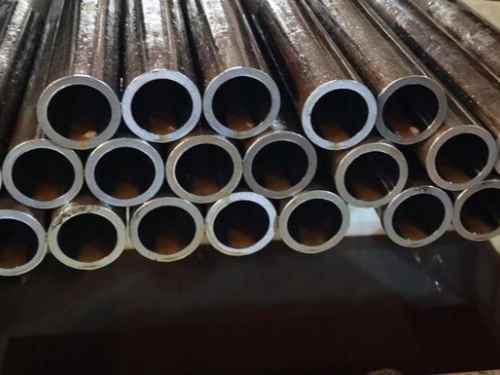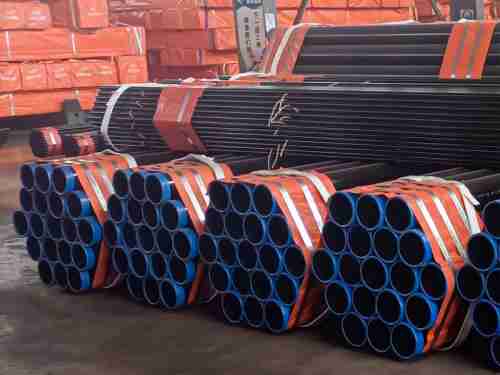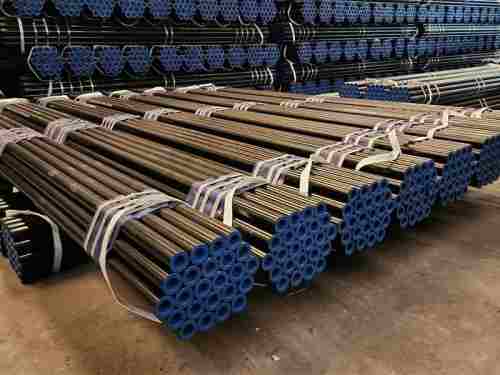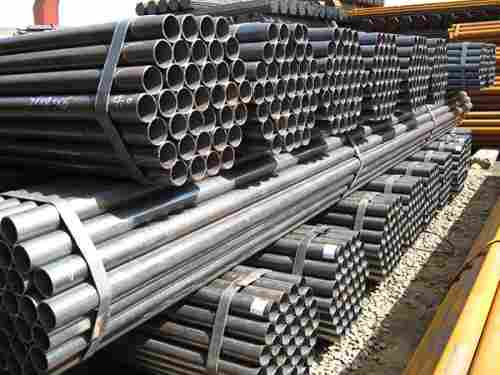In industrial and construction projects, selecting the right steel pipe plays a key role in ensuring long-term reliability, safety, and efficiency. Among various options, seamless steel pipes stand out for their exceptional strength, uniformity, and performance under extreme conditions. But when exactly should seamless pipes be preferred over welded pipes?
Let’s explore the ideal scenarios, advantages, and technical reasons behind choosing seamless steel pipes.
- High-Temperature and High-Pressure Environments
Seamless pipes are capable of withstanding extreme temperatures and pressures, making them ideal for applications that involve the transport of high-temperature or high-pressure fluids.
For instance, they are widely used in oil and gas pipelines, power plants, and high-pressure steam systems where safety and durability are critical.
- Corrosive Media
When exposed to harsh chemicals such as acids, alkalis, or salts, seamless steel pipes provide excellent corrosion resistance. This makes them a preferred choice in the chemical, petrochemical, and marine industries, where pipelines must maintain integrity in aggressive environments.
- High Precision and Surface Quality
The advanced manufacturing process of seamless pipes allows for tighter dimensional tolerances and smoother internal surfaces compared with welded pipes.
In sectors requiring high precision, such as machinery manufacturing, instrumentation, and automotive applications, seamless pipes deliver superior accuracy and performance.
- Structural Strength and Load-Bearing Applications
Because seamless pipes are produced from a solid billet without any welds, they offer greater mechanical strength and toughness.
This makes them ideal for heavy-duty and structural applications, including building frameworks, bridges, and mechanical supports, where load-bearing capacity is crucial.
- Reliable Pipe Connections
Seamless pipes can be easily connected through threading, flanging, or welding, ensuring tight, leak-free joints. They are therefore commonly used in industrial pipelines and oil and gas transportation systems, where secure connections are essential for operational safety.
Key Considerations in Pipe Selection
Choosing between seamless and welded steel pipes should be based on your application’s operating conditions, performance requirements, and cost factors. A comprehensive evaluation—considering pressure, temperature, corrosion, and relevant industry standards—will help determine the most suitable pipe type for your project.
When Welded Pipes Are a Better Option
While seamless pipes excel in demanding environments, welded pipes can be a more economical and practical solution in certain cases, such as:
Low-pressure water or gas transport systems
Large-diameter pipelines where seamless production is limited
Structural applications without high-pressure demands
Projects operating under strict budget constraints
In such scenarios, high-quality welded pipes that meet standards like API 5L, ASTM A53, or EN 10217 can deliver excellent performance—provided they undergo proper inspection and testing.

 English
English Español
Español











